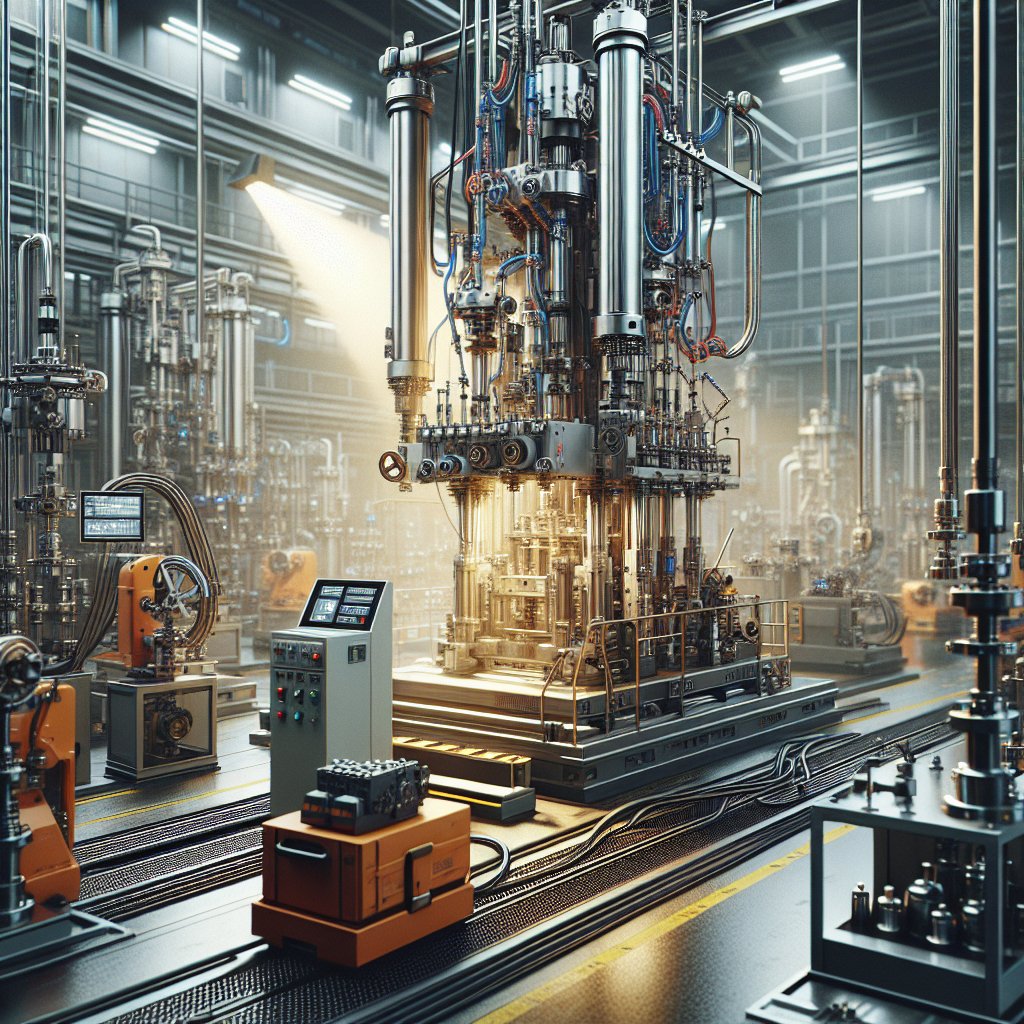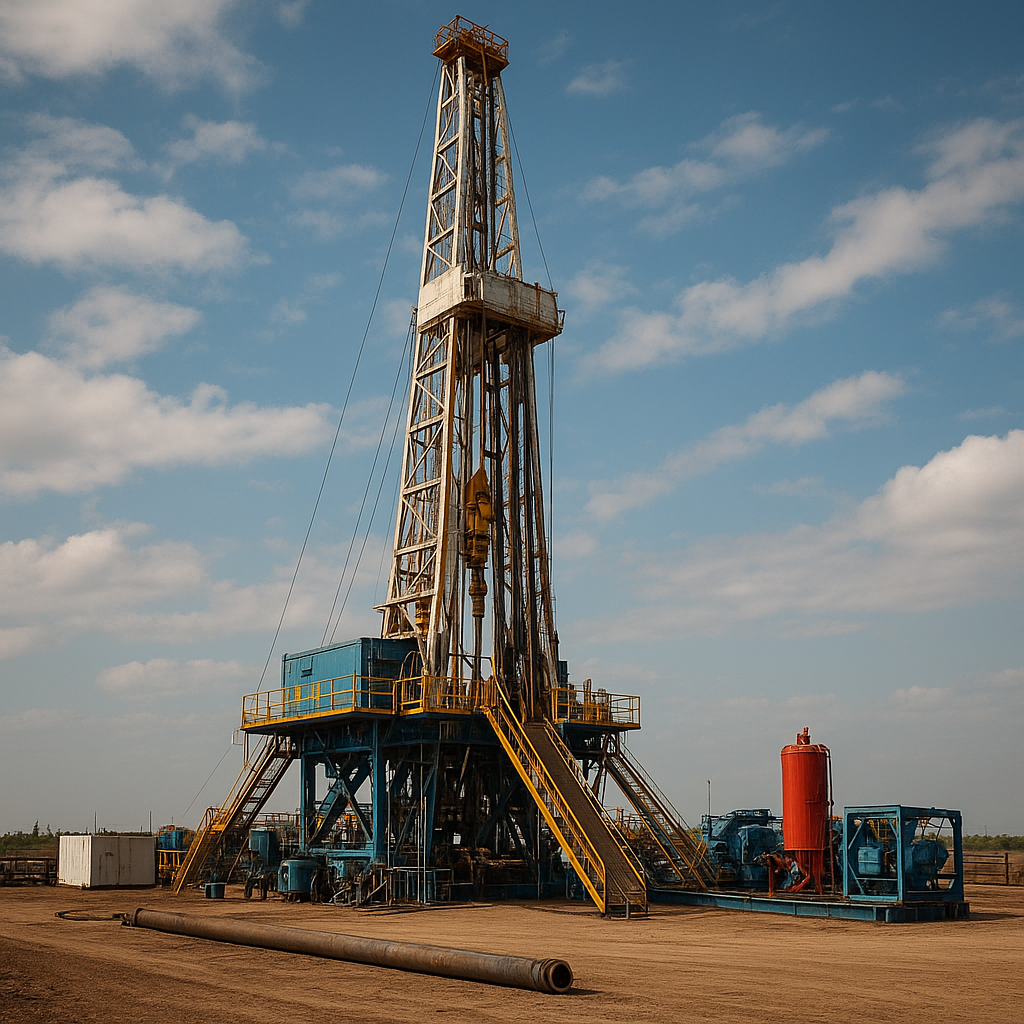
In the realm of industrial applications, the choice between hydraulic and pneumatic systems is pivotal, as each offers distinct advantages and limitations. Understanding the key differences and applications of these systems is essential for engineers and decision-makers in various industries. This article delves into the fundamental characteristics of hydraulic and pneumatic systems, exploring their unique features, operational principles, and the contexts in which they are most effectively employed.
Understanding Hydraulic Systems
Hydraulic systems are renowned for their ability to generate substantial force and power, making them indispensable in heavy-duty applications. These systems operate based on the principles of fluid mechanics, utilizing incompressible liquids, typically oil, to transmit power. The core components of a hydraulic system include a pump, valves, actuators, and a reservoir, all working in unison to control and direct the flow of hydraulic fluid.
Components and Functionality
The pump in a hydraulic system is responsible for converting mechanical energy into hydraulic energy by pressurizing the fluid. This pressurized fluid is then directed through a series of valves that control its flow and pressure, ultimately reaching the actuators. Actuators, such as hydraulic cylinders or motors, convert the hydraulic energy back into mechanical energy, performing the desired work, such as lifting, pushing, or rotating.
One of the defining characteristics of hydraulic systems is their ability to produce high force and torque with precision. This makes them ideal for applications requiring significant power, such as construction machinery, aircraft control systems, and industrial presses. Additionally, hydraulic systems offer smooth and precise control, which is crucial in applications where accuracy is paramount.
Advantages and Limitations
Hydraulic systems boast several advantages, including their high power density, which allows for the transmission of large amounts of power through relatively small components. They also provide excellent control over speed and force, making them suitable for applications requiring fine adjustments. Furthermore, hydraulic systems are highly reliable and can operate in harsh environments, as they are less susceptible to temperature fluctuations and contamination compared to pneumatic systems.
However, hydraulic systems are not without their limitations. They tend to be more complex and expensive to maintain due to the need for regular fluid checks and potential leakage issues. The presence of hydraulic fluid also poses environmental concerns, as leaks can lead to contamination. Additionally, hydraulic systems can be noisy and require more space compared to their pneumatic counterparts.
Exploring Pneumatic Systems
Pneumatic systems, on the other hand, utilize compressed air or gas to transmit power. These systems are characterized by their simplicity, cost-effectiveness, and ease of maintenance, making them a popular choice for a wide range of applications. Pneumatic systems are commonly used in industries such as manufacturing, automation, and material handling, where speed and flexibility are prioritized over raw power.
Components and Functionality
The primary components of a pneumatic system include a compressor, air treatment units, valves, and actuators. The compressor is responsible for compressing air and storing it in a reservoir. The compressed air is then filtered and regulated before being directed through valves to the actuators. Pneumatic actuators, such as cylinders or rotary actuators, convert the energy of the compressed air into mechanical motion.
Pneumatic systems are known for their rapid response times and ability to operate at high speeds. This makes them ideal for applications requiring quick and repetitive movements, such as assembly lines, packaging machines, and robotic systems. Additionally, pneumatic systems are inherently safe, as they do not pose the risk of fluid leaks and are less likely to cause environmental harm.
Advantages and Limitations
The advantages of pneumatic systems include their simplicity and low cost, both in terms of initial investment and maintenance. They are also lightweight and compact, making them easy to install and integrate into existing systems. Pneumatic systems are highly reliable and can operate in a wide range of temperatures and environments without significant performance degradation.
However, pneumatic systems have their limitations as well. They are generally less powerful than hydraulic systems, making them unsuitable for applications requiring high force or torque. The compressibility of air can also lead to less precise control compared to hydraulic systems. Additionally, pneumatic systems can be noisy due to the release of compressed air, and they require a continuous supply of compressed air, which can be energy-intensive.
Comparative Analysis and Applications
When comparing hydraulic and pneumatic systems, it is essential to consider the specific requirements of the application at hand. Hydraulic systems are the preferred choice for applications demanding high power and precision, such as heavy machinery, aerospace, and automotive industries. Their ability to handle large loads and provide smooth, controlled movements makes them indispensable in these contexts.
In contrast, pneumatic systems excel in applications where speed, simplicity, and cost-effectiveness are prioritized. Industries such as food processing, electronics manufacturing, and pharmaceuticals often rely on pneumatic systems for tasks that require rapid and repetitive movements. The inherent safety and environmental benefits of pneumatic systems also make them suitable for applications where cleanliness and safety are paramount.
Choosing the Right System
The decision between hydraulic and pneumatic systems ultimately depends on a variety of factors, including the required force, speed, precision, and environmental considerations. Engineers and decision-makers must carefully evaluate the specific needs of their application to determine the most suitable system. In some cases, a combination of both systems may be employed to leverage the strengths of each, resulting in a more efficient and effective solution.
In conclusion, both hydraulic and pneumatic systems offer unique advantages and limitations, making them suitable for different applications. By understanding the key differences and applications of these systems, industries can make informed decisions that optimize performance, efficiency, and safety. Whether it’s the raw power of hydraulics or the speed and simplicity of pneumatics, each system plays a crucial role in the modern industrial landscape.

